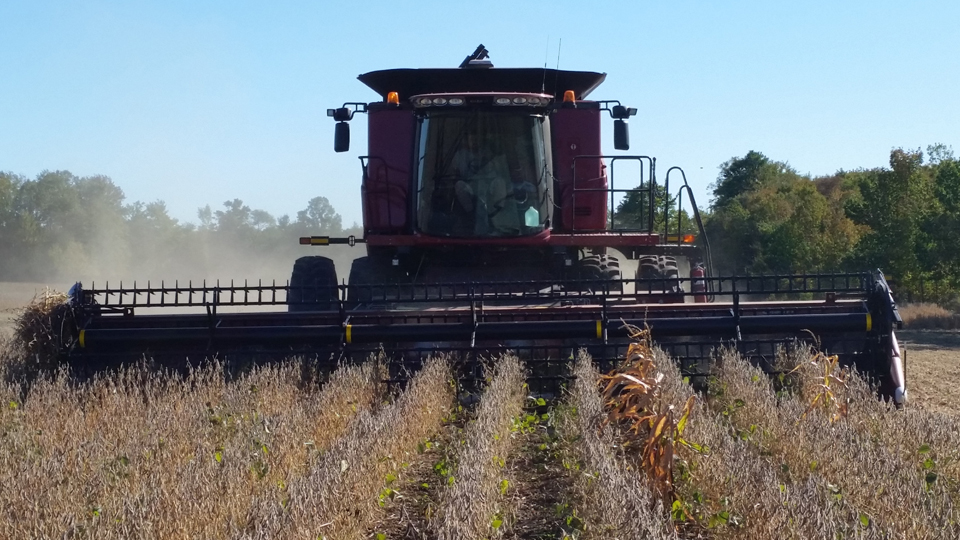Effort Aims to Boost Rural Economic Development
Subscriber Benefit
As a subscriber you can listen to articles at work, in the car, or while you work out. Subscribe Now
A $100,000 grant from the U.S. Economic Development Administration is being used to implement an initiative designed to boost economic opportunities for Indiana farmers. The Rural Economic Development Model is operating in 38 counties and helping communities identify the agricultural assets they have in order to attract food processing companies. Officials are incorporating technology developed at Purdue University to help counties and regions through the process.
Indiana Economic Development Association Chief Executive Officer Lee Lewellen explained the importance of the model in an interview with Inside INdiana Business.
“A number of years ago, we were really looking at a variety of counties around the state and we realized that there were, at that time, about 45 counties that had not seen an economic development project in three, four, five years,” said Lewellen. “A lot of those rural counties were being told to pursue manufacturing and it was very clear that the kind of manufacturing they were pursuing was not going to locate in those rural counties.”
Lewellen says the majority of those counties have agricultural assets, but many farmers were shipping their products to other states for processing.
“So, we wanted to bring that opportunity back into the state,” he said.
The creation of the Rural Economic Development Model was a collaboration involving the IEDA, the Indiana State Department of Agriculture, and the Purdue Center for Regional Development.
The PCRD developed ag asset maps to help communities through the process.
“[They’re] virtual maps that allow us to visually see how all of the products in Indiana – the agricultural products – are distributed by county,” said Lewellen. “That gives us a unique advantage in being able to look at the clustering of those products to see where we would most likely want to attract the processing [companies].”
Lewellen says right now, the counties in five regions throughout the state are looking at what is being grown in their regions. Then, communities will engage their local farmers to find out where they’re selling their products today and where they’re getting their supplies, which is another important component of the REDM.
“Part of this is also looking at the supply chain and looking at if you’re purchasing your feed, you’re purchasing your equipment, you’re purchasing your supplies from outside of the state, how can we bring those suppliers into the state,” said Lewellen.
He says the next step is looking at the assets in question – everything from grain to livestock to hardwood – and figure out how to package them to make the case to food processing companies to establish operations Indiana.
The 24-month process is expected to be complete in the summer of 2023. Lewellen says he believes the REDM could serve as a model for other states, but the goal would first be to expand it to other Indiana counties.
